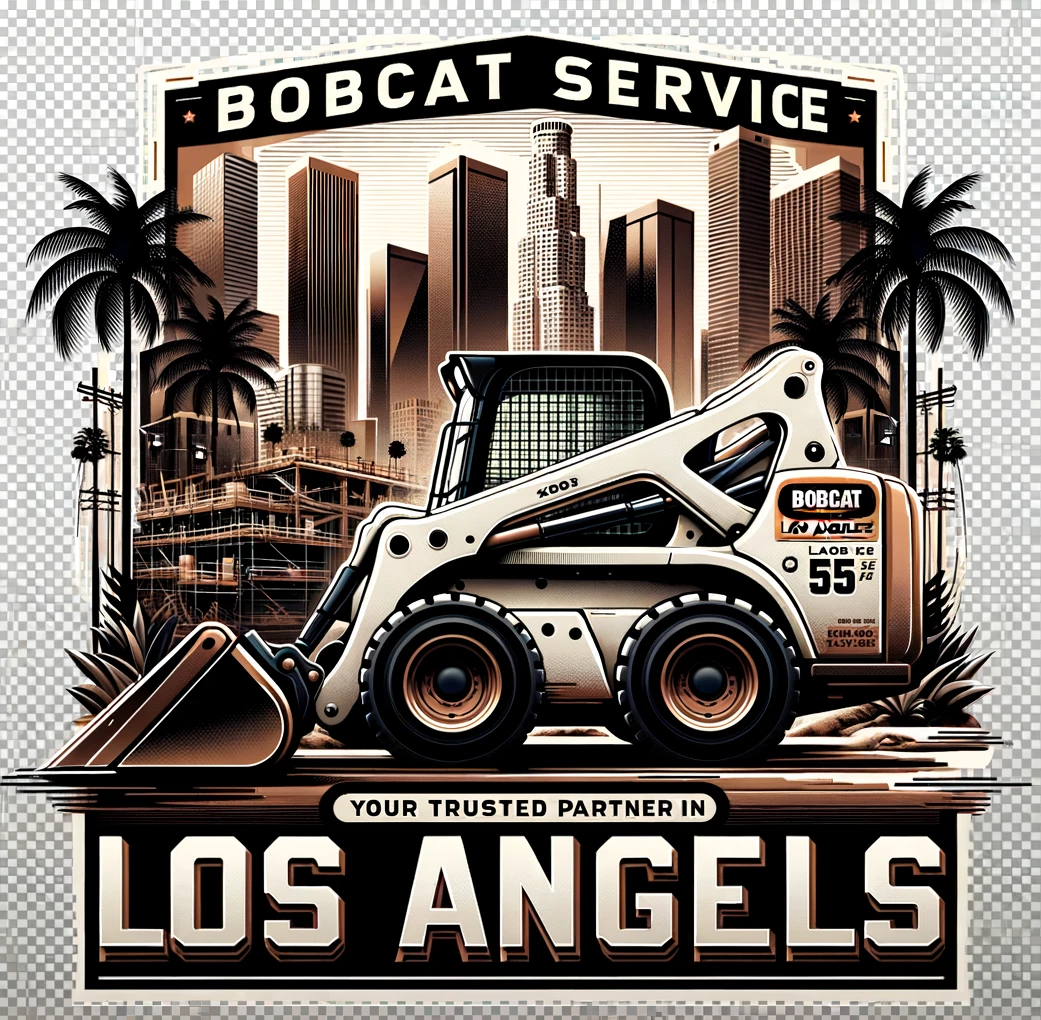In the world of construction and earthmoving, selecting the right equipment can make all the difference in project efficiency and success. Two heavyweights in this arena are the versatile Bobcat and the robust Bulldozer. In this comparative analysis, we’ll explore the strengths and applications of each to help you make an informed decision based on the unique requirements of your project.
Bobcat: The Compact Dynamo
Strengths:
- Versatility: The Bobcat is renowned for its versatility. With a compact design and a variety of attachments, it excels in tasks ranging from excavation and grading to material handling and landscaping.
- Maneuverability: Bobcats are nimble and agile, making them ideal for projects in confined spaces or urban environments. Their small footprint allows them to navigate tight areas with ease.
- Attachment Options: The range of attachments available for Bobcats is extensive, including buckets, augers, sweepers, and more. This adaptability allows for seamless transitions between different tasks without the need for multiple machines.
- Speed: Bobcats are known for their speed and quick response times. This can translate into faster completion of tasks, especially in projects with multiple phases.
Applications:
- Landscaping and grading
- Material handling
- Site preparation
- Snow removal
- Construction in tight spaces
Bulldozer: The Earthmoving Powerhouse
Strengths:
- Raw Power: Bulldogs are synonymous with power. Their heavy build and robust design make them well-suited for heavy-duty tasks such as pushing large volumes of soil, rock, or debris.
- Traction: Bulldozers are equipped with tracks that provide superior traction, making them effective on uneven or slippery terrain. This traction is particularly advantageous in muddy or soft soil conditions.
- Blade Size: The large blades of bulldozers enable them to move significant amounts of material in a single pass. This efficiency is invaluable in projects where rapid earthmoving is a priority.
- Stability: Bulldogs are inherently stable, especially in rough or uneven terrains. This stability enhances safety and allows them to tackle challenging landscapes.
Applications:
- Earthmoving and grading
- Clearing and leveling land
- Pushing and piling debris
- Road construction
- Excavation in large-scale projects
Choosing the Right Equipment:
Consider the following factors when deciding between a Bobcat and a Bulldozer:
- Project Size: For smaller projects or tasks in confined spaces, a Bobcat may be more suitable. Bulldogs are better suited for large-scale earthmoving projects.
- Terrain: If your project involves navigating tight or uneven terrain, a Bobcat’s maneuverability may be advantageous. For projects on rough or challenging landscapes, a Bulldozer’s stability and traction may be more suitable.
- Task Specificity: Consider the specific tasks you need to accomplish. If your project involves a range of tasks, a Bobcat’s versatility may be preferable. If the primary task is extensive earthmoving, a Bulldozer may be the better choice.
- Attachments Needed: If your project requires a variety of attachments for different tasks, a Bobcat’s adaptability may be a key factor. Bulldogs are generally equipped with a standard blade for earthmoving.
Conclusion: Tailoring Equipment to Your Needs
In the Bobcat vs. Bulldozer debate, there is no one-size-fits-all answer. The right choice depends on the unique requirements of your project. Whether you opt for the nimble versatility of a Bobcat or the raw power of a Bulldozer, understanding the strengths and applications of each will guide you towards equipment that not only meets but exceeds your project expectations.
